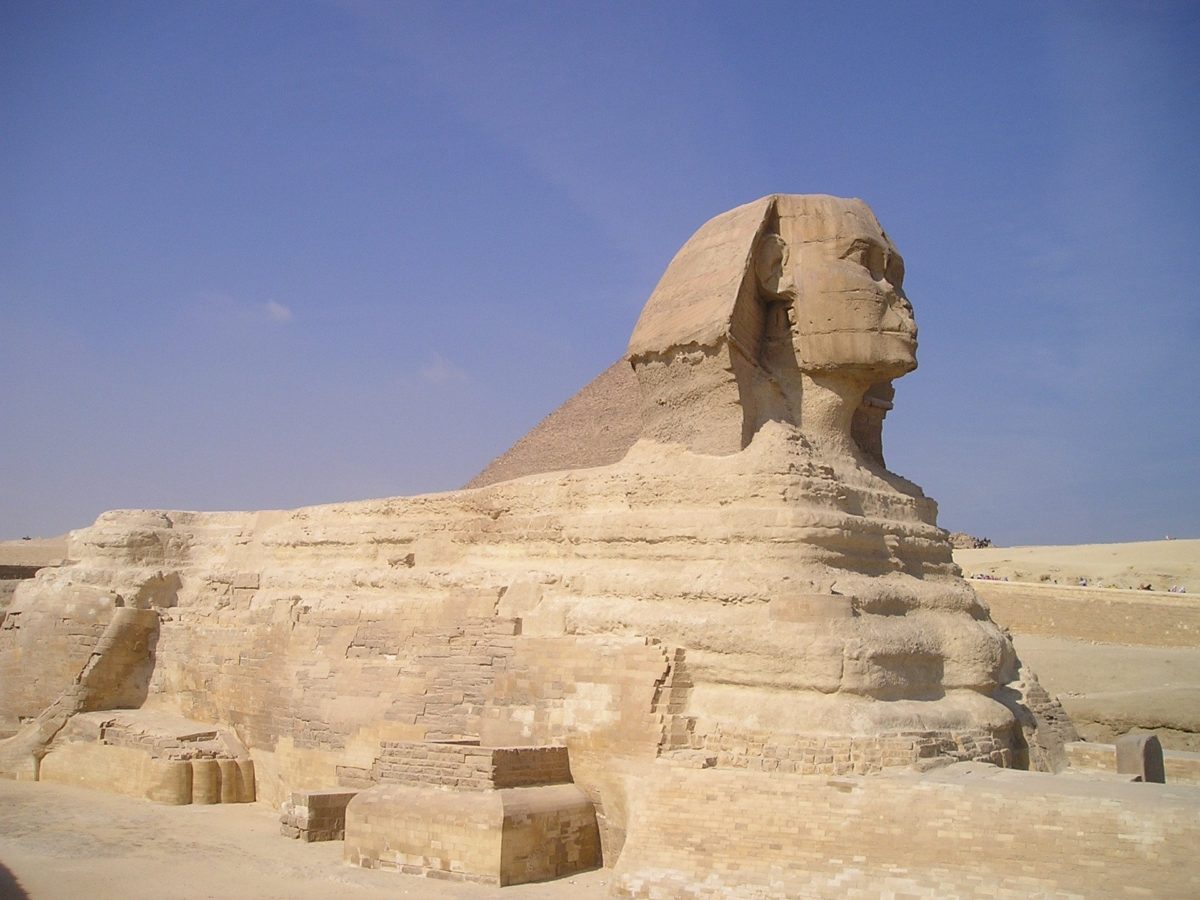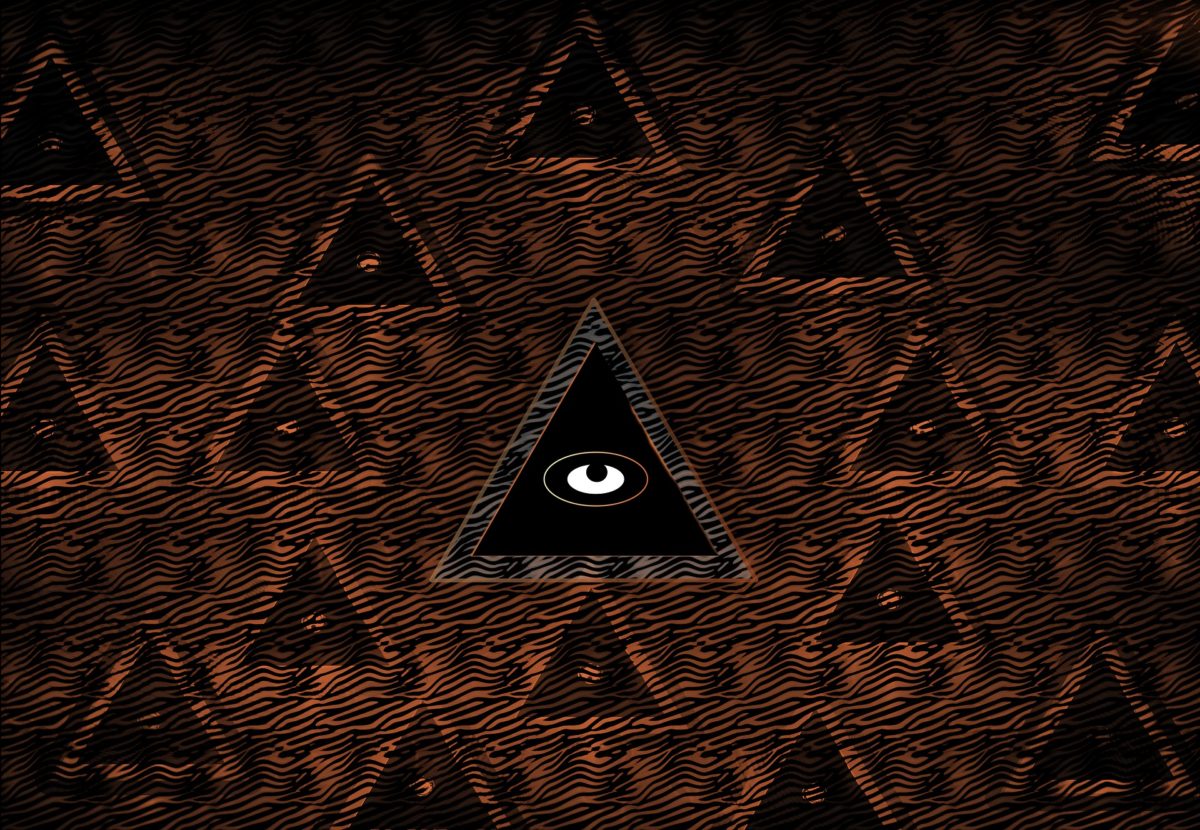The field of medicine has come a long way throughout history, with remarkable advancements that have revolutionized healthcare. While modern medicine has undoubtedly achieved great feats, it is essential to recognize the contributions made by ancient civilizations in the development of medical practices. Ancient history is filled with medical marvels that laid the foundation for our understanding of the human body, diseases, and treatments. In this article, we will explore some of the most significant advancements in medicine from ancient civilizations.
Ancient Egypt: Pioneers of Medical Knowledge
Ancient Egypt stands as a cornerstone of medical knowledge in ancient history. Egyptian physicians, known as “priest-doctors,” possessed a deep understanding of the human body and made significant contributions to medicine. They believed that diseases had both natural and supernatural causes, leading to a holistic approach to healthcare.
One of the remarkable advancements in ancient Egypt was their extensive knowledge of anatomy. The embalming process, performed during mummification, allowed them to study the human body in detail. By preserving the organs, they gained insights into various bodily systems, such as the circulatory system, respiratory system, and digestive system.
Moreover, the Egyptians developed effective surgical techniques. They performed surgeries for various conditions, such as removing tumors, treating fractures, and even conducting brain surgeries. Their surgical tools, like scalpels and forceps, were remarkably advanced for their time.
Mesopotamia: The Birthplace of Medical Texts
Mesopotamia, also known as the cradle of civilization, played a vital role in the development of ancient medicine. The Mesopotamians believed that diseases were caused by supernatural forces, but they also recognized some natural causes. Their medical knowledge was documented in various texts, making them the earliest known medical records.
The most famous of these texts is the “Diagnostic Handbook,” also known as the “Sumerian Diagnostic Handbook.” This text listed symptoms and provided treatments for various ailments. It contained over 100 descriptions of diseases, including epilepsy, diabetes, and gastrointestinal disorders. The Diagnostic Handbook laid the foundation for diagnosing and treating illnesses in ancient Mesopotamia.
Furthermore, the use of herbal medicine was prevalent in Mesopotamia. They used plants such as poppy, myrrh, and licorice for their healing properties. These herbal remedies were often combined with religious rituals, demonstrating the intertwined nature of medicine and spirituality in ancient cultures.
Ancient Greece: The Birth of Clinical Observation
Ancient Greece is often regarded as the birthplace of modern medicine. Greek physicians, including Hippocrates and Galen, made significant contributions that laid the groundwork for medical practices that continue to this day.
Hippocrates, often referred to as the “Father of Medicine,” emphasized the importance of clinical observation. He believed that diseases had natural causes and should be treated with rational methods. His teachings formed the basis of the Hippocratic Oath, which physicians still swear by today.
Galen, a Greek physician who lived during the Roman Empire, expanded upon Hippocrates’ ideas and greatly influenced medical knowledge. He dissected animals, including pigs and monkeys, to gain a better understanding of human anatomy. Galen’s anatomical studies and writings were highly influential and remained the primary medical reference for nearly 1,500 years.
Ancient India: Ayurveda and Surgical Advancements
Ancient India boasts a rich medical heritage, with Ayurveda being one of its most notable contributions. Ayurveda, which means “the science of life,” is a holistic approach to medicine that focuses on balance and harmony within the body.
Ayurveda encompasses various practices, including herbal medicine, diet, and meditation. Ancient Indian physicians developed a comprehensive understanding of herbs and their medicinal properties. They cataloged over 2,000 different herbs and their therapeutic uses.
In addition to Ayurveda, ancient Indian surgeons made significant advancements in surgical techniques. The treatise “Sushruta Samhita” is considered the foundational text of ancient Indian surgery. It describes various surgical procedures, including plastic surgery, cataract removal, and the use of anesthesia.
Conclusion
The advancements made in ancient medicine continue to astound us. From ancient Egypt’s anatomical knowledge and surgical expertise to Mesopotamia’s medical texts and herbal remedies, each civilization contributed to our understanding of the human body and the treatment of diseases. The clinical observation techniques pioneered by the Greeks and the holistic approach of Ayurveda in ancient India also shaped medical practices for generations to come.
While modern medicine has surpassed many of these ancient practices, it is crucial to acknowledge the ingenuity of our ancestors. Their medical marvels paved the way for the advancements we enjoy today, reminding us of the debt we owe to those who came before us. By studying and appreciating ancient history’s medical achievements, we gain a deeper appreciation for the progress we have made and the potential for future breakthroughs.
Wall Art Clinic Decor Medical Instrument

The Legacy and Influence of Ancient Medical Marvels
The knowledge and practices developed by ancient civilizations continue to have a profound impact on our modern medical landscape. Their contributions laid the foundation for future advancements and shaped the way we approach healthcare today. Let’s delve deeper into the legacy and influence of ancient medical marvels.
Legacy of Ancient Medical Knowledge
The medical knowledge accumulated by ancient civilizations did not disappear with the passage of time. Instead, it was passed down through generations, influencing subsequent cultures and civilizations. For example, during the Islamic Golden Age, scholars in the Arab world translated and expanded upon Greek and Roman medical texts, preserving and expanding upon the knowledge of their predecessors.
The rediscovery of ancient medical texts during the Renaissance sparked a renewed interest in ancient medical practices. Scholars such as Andreas Vesalius, considered the founder of modern human anatomy, relied heavily on the works of Galen and other ancient Greek physicians to advance their understanding of the human body.
Additionally, the holistic approach of Ayurveda from ancient India continues to be practiced and respected to this day. Ayurvedic principles have influenced alternative medicine practices in various parts of the world, emphasizing the importance of balance, natural remedies, and preventive measures.
Lessons for Modern Medicine
The advancements made by ancient civilizations offer valuable lessons for modern medicine. They remind us of the importance of observation, documentation, and the integration of various disciplines within healthcare.
Clinical observation, as emphasized by Hippocrates and his contemporaries, remains a fundamental aspect of modern diagnosis. The ability to carefully observe patients, analyze symptoms, and draw conclusions based on evidence is a cornerstone of medical practice.
Furthermore, the integration of multiple disciplines is crucial for a comprehensive understanding of health and disease. Ancient civilizations recognized the interconnectedness of physical, mental, and spiritual well-being, and modern medicine is increasingly embracing this holistic approach. Integrative medicine, which combines conventional medicine with complementary practices, draws inspiration from the ancient wisdom of balancing different aspects of health.
Ethical Considerations
Studying the medical practices of ancient civilizations also raises ethical considerations. Some ancient practices, such as human sacrifice or the use of animal experimentation, are now considered unacceptable. As we explore the advancements of the past, it is important to approach them with a critical lens, acknowledging both their achievements and the ethical boundaries that have since been established.
Conclusion
The advancements made by ancient civilizations in the field of medicine are a testament to human ingenuity and the pursuit of knowledge. From the detailed anatomical knowledge of ancient Egypt to the diagnostic texts of Mesopotamia, the clinical observations of ancient Greece, and the holistic approach of Ayurveda in ancient India, these medical marvels continue to inspire and inform modern medicine.
While we have made tremendous progress since those times, it is essential to recognize and honor the contributions of our ancient predecessors. Their discoveries and practices have shaped the way we understand and treat diseases, laying the groundwork for the advancements that define modern medicine.
By studying ancient medical history, we gain a deeper appreciation for the evolution of healthcare and the potential for future breakthroughs. As we navigate the complexities of modern medicine, let us not forget the invaluable lessons and insights provided by the medical marvels of the past.











